Where did it come from? Where will it go?
Sometimes things are about as clear as they are about Cotton Eyed Joe
How do things evolve?
How did the printing press lead to progress in astronomy, biology and medicine? Or did the desire to prevent smudging of printing ink lead to the American west being settled in large numbers?
How did the data processing systems of the 70s lead to intelligent adaptive business applications of today?
Where is Business Computing headed? What kind of systems and applications will be in demand 5-10-15 years from now.
Examples:From the mundane to the sublime
I often wonder where business computing is headed.
As I pondered that question, I thought it would be good to first recount how we got to where we are. And that reminded of this appropriately titled book “How we got to now” by Steven Johnson. That book has some fascinating examples of how things evolved. It gives many examples where an event like a discovery led to something completely unconnected to the original event.
Let me expand on the couple of examples that I mentioned earlier in the lead-in to this blog.
Take the story of how the printing press led to progress in astronomy, biology and medicine. Reading glasses had always been around. However, since they were used by very few people, they never really improved. Therefore, they were unwieldy and not very good. With printing presses came the spread of literacy. As literacy spread, more people ended up reading. That in turn led to the need to improve reading glasses since more people felt the need for them. This increased demand for reading glasses in turn led to improvements in glass and lens technology; leading to experimentation in optics and optical instruments; to making of the telescope and microscope; and that inevitably led to progress in fields as diverse astronomy and biology and medicine.
I would have never made these connections.
Then, there is the example of how air conditioning came to be. It was actually an attempt to make air dry in a printing press to prevent ink from smudging that led Willis Carrier to invent a device to dry air. Carrier noticed that it also cooled the air that it dried. This led to air-conditioning that eventually led to the large scale settling of the south and the west of the US.
I would have never connected the attempt to prevent smudging of ink to migration to the west.
Nothing ever moves in a straight line. Does it?
Evolution of computing in business – Early days
I pick up this story in “the good old days” when business computing was done on mainframes with computing power less than that on most of our wearable devices. Fixed hard disks with capacity less than a fraction of most flash drives these days. Occupying thousands of square feet in large data centers. Those were the “good old days” of data processing systems.
 When ‘business systems’ consisted of COBOL programs to read data from ‘flat files’ on whirring tapes, processing this data, and spitting out results on reams on paper. This was the status of business computing till the 80s.
When ‘business systems’ consisted of COBOL programs to read data from ‘flat files’ on whirring tapes, processing this data, and spitting out results on reams on paper. This was the status of business computing till the 80s.
It was very costly and out of reach of most businesses.
The arrival of PCs promised to change that by lowering costs to democratize access to computing.
The Transition to Personal Computers
So… some of these systems moved to the Personal Computer in the 80s, and to their slightly more powerful cousins, the ‘minis’ and ‘super-minis’. These spawned ‘client-server’ solutions. However the movement of applications to these kinds of platforms was not sustainable since it created multiple and distributed data sets. This led to problems of data consistency, integrity and reliability; it created silos of information. It created disparate, fragmented, Balkanized islands of functionality and data. And that inevitably meant inconsistency in data.

The lack of consistency and integrity of data led to a desire to have one single source of truth across the enterprise. And this heralded the arrival of Enterprise class applications like ERP and CRM systems.
Enterprise class applications
The 90s saw evolution and adoption of Enterprise class applications. ERP applications like SAP, Peoplesoft, Oracle Applications, and CRM systems like Siebel sought address the problem balkanization of information.
They addressed the problem data inconsistency and integrity fairly well… but created other challenges in the bargain.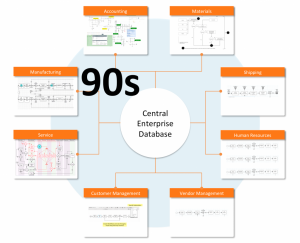
The Enterprise class applications were very rigid. It took a lot of effort to implement them. Very often it required costly customization or it required the businesses to change the way they worked. The risk of business dislocation in implementing and adopting these enterprise class applications was very high.
However, by the time the new millennium rolled out, globalization had taken hold, and Internet was increasingly being used to transact business. All this was causing rapid changes in the way businesses worked. Businesses needed flexibility, and ERP systems were not built for flexibility.
This created a need for solutions built on flexible frameworks that would allow businesses to respond quickly to changing business realities and keep their systems in sync with changing business realities.
Business Process Management Suites – BPMS
A new class of business computing products started emerging at the dawn of the millennium. They promised the transaction processing capabilities of Enterprise class products and the flexibility that was not available in the Enterprise class applications.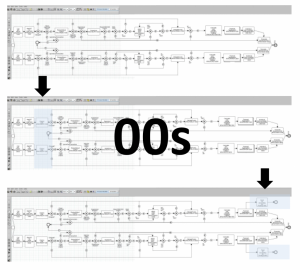
By combining flexibility with transaction processing, BPMS’ addressed the ‘structured’ data processing requirements of businesses, freeing up workers from these kinds of tasks in areas like Materials management, Accounts Receivable and Payable, General Ledger.
Gone were the days of working on mind numbing repetitive tasks. Workers in businesses moved to higher value addition tasks transforming them into knowledge workers. “Knowledge work”, by definition needed workers to discuss, exchange ideas, work with each other, to collaborate.
Both Enterprise Class applications and Business Process Management Suites were built on Transaction Processing frameworks and did not lend themselves to collaborative processing.
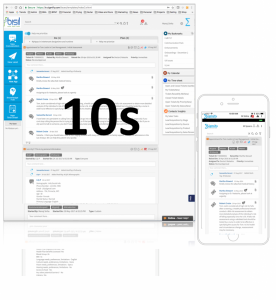 Collaboration in the context of work… Workstream Collaboration
Collaboration in the context of work… Workstream Collaboration
That brings up the context for the kind of business applications that are emerging today.A class of applications sometimes referred to as Workstream Collaboration. More about that in the next blog.

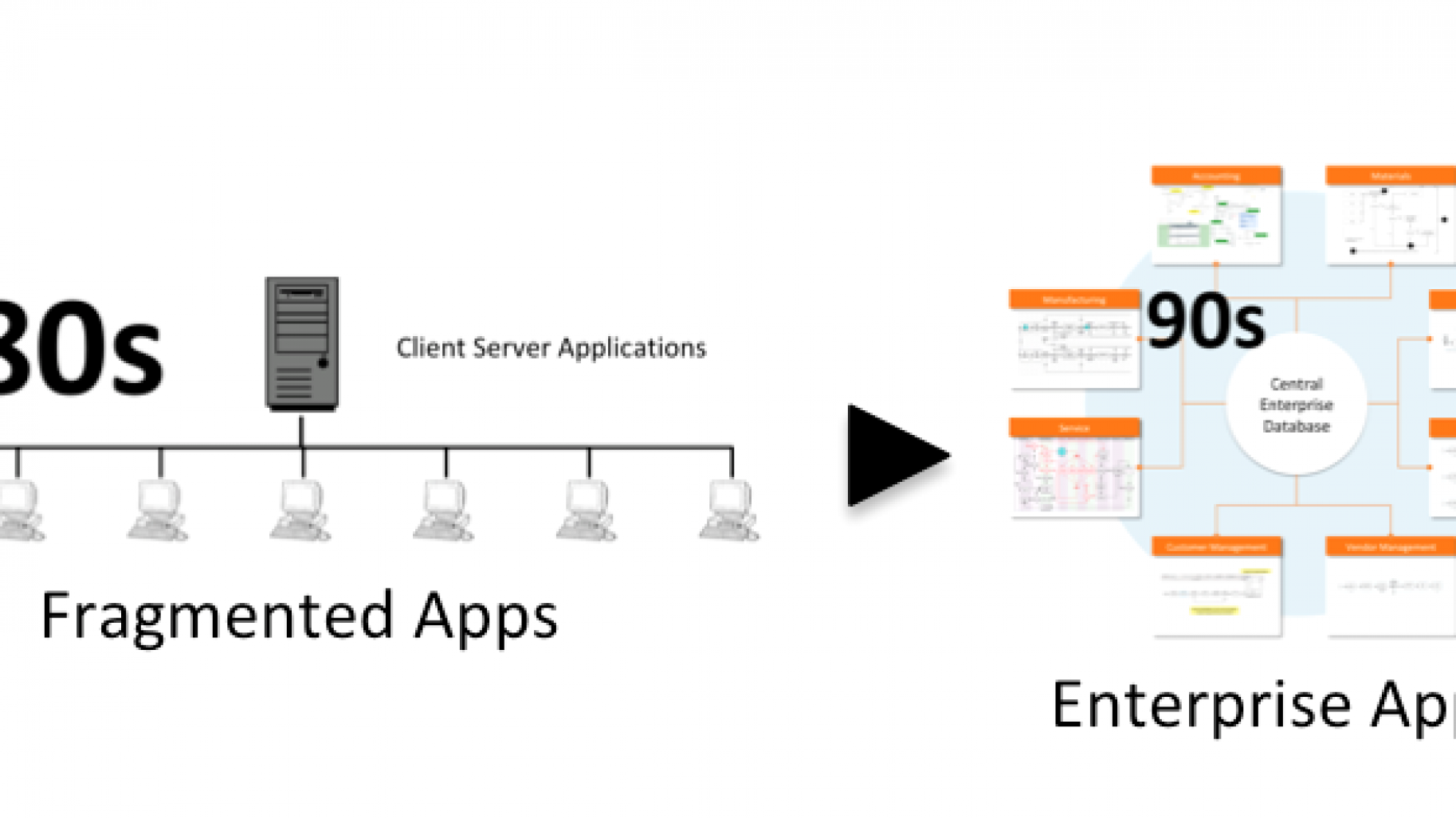


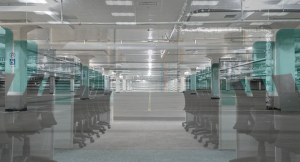

Interesting to know where digitization is taking us